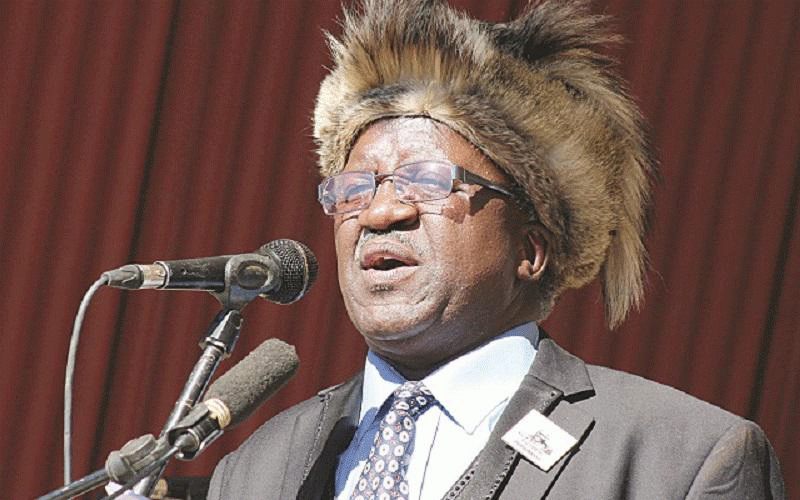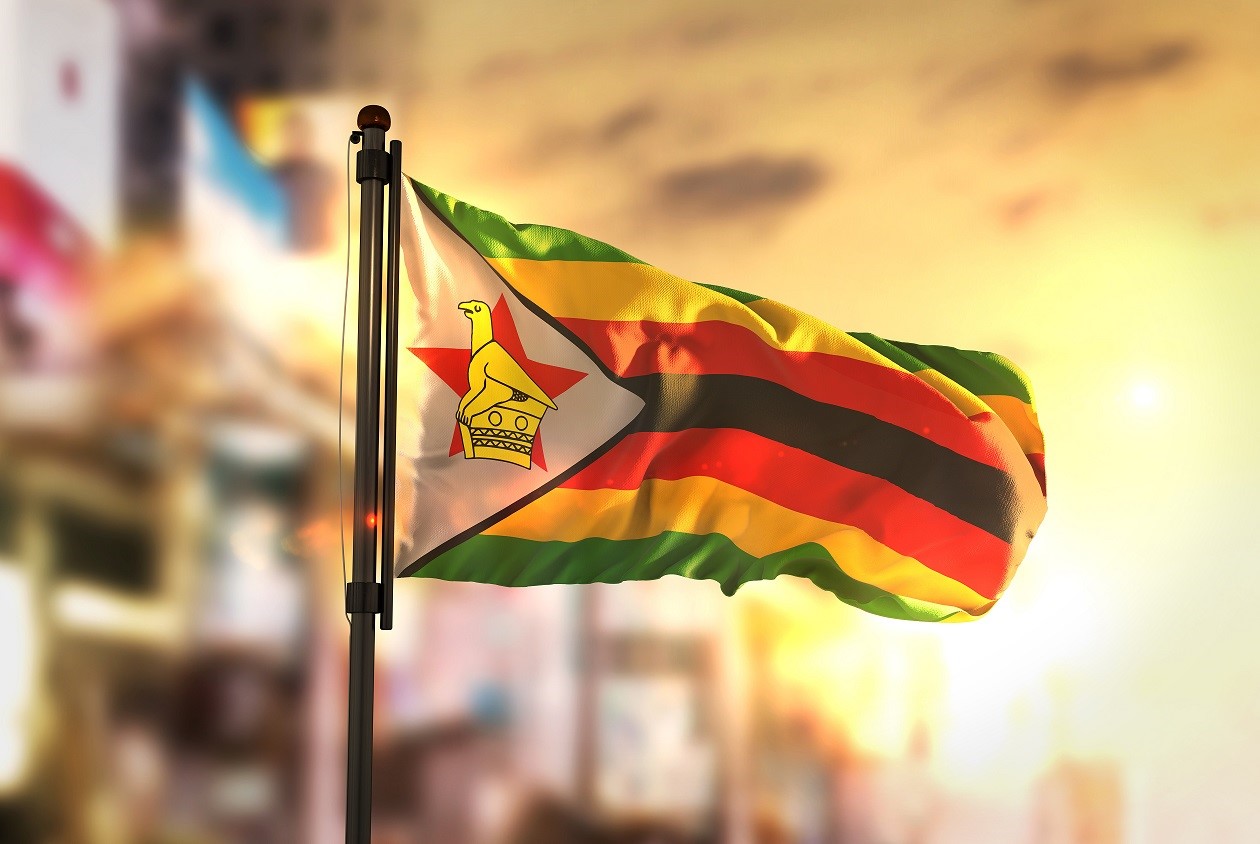
WHEN Sherlock Holmes said: “Give me problems, give me the most obtuse cryptogram, or the most intricate analysis and l am in my proper atmosphere, l can dispense with artificial stimulants.” He might as well have been referring to one of mankind’s oldest stimulants which possess the dual power to counter physical fatigue and increase alertness.
Caffeine ranks as the world’s most popular mood altering drug, eclipsing the likes of nicotine and alcohol. From food beverages including our most trusted pain killers, caffeine is an ever present component. Researchers have gone so far as to declare that most babies enter the world with traces of caffeine in their bodies which is transferred from mothers through the umbilical code.
Widespread tea cultivation began in the early 1830s in India when the British discovered the camellia sinensis leaves in the eastern region of India. Since that time India has been globe’s largest tea grower producing around two billion pounds of tea every year.
However, tea had already been identified as an agent wonder drug far back as the 6th Century BC when Taoism spiritual leader Lao Tzu prescribed it as an elixir for his disciples. In the 1820’s scientist began to wonder what made tea so popular a drink. German chemist FriedLieb Ferdinand Runge carried out an experiment on coffee beans and discovered a substance called “caffeine”.
In 1838 chemist discerned that the same caffeine was also effective ingredient found in tea. Coffee and tea became the catalyst in Europe’s industrial revolution, facilitating the great transformation of human economic endeavour from farms to factories.
Breweries had to contend with competition from boiling kettle as workers imbibed this habit-forming psychoactive drug. Instead of ubiquitous beer there was a decrease in the incidents of diseases among workers in crowded cities and falling asleep over the machinery became a thing of the past. In a sense caffeine is the drug that made the modern world possible.
Prior to the discovery of caffeine, for most of human existence, our pattern of sleeping and wakefulness was basically a matter of the sun and the season.
When the nature of work changed from as schedule built around the sun to an indoor job timed by the clock, human had to adapt. The invention of electric light in combination with wide spreading use of caffeine both in food and drink allowed people to cope with the work schedule set by the clock rather than by daylight or natural sleep cycle.
- Chamisa under fire over US$120K donation
- Mavhunga puts DeMbare into Chibuku quarterfinals
- Pension funds bet on Cabora Bassa oilfields
- Councils defy govt fire tender directive
Keep Reading
Adenosine is a body chemical that acts as a natural sleeping pill. Caffeine interferes with adenosine by blocking its hypnotic effect and prevents us from falling asleep. By enhancing mood and increasing alertness, caffeine helps people try to wrest control away from human circadian rhythm that is hardwired and all of us. Caffeine is a drug and as such it does have a definite impact on mental and physical functions.
Studies have shown that it can help relieve pain, thwart migraine headaches, reduce asthma symptoms and elevate mood. As a mental stimulant it increases alertness, cognition and reaction speed because it combats fatigue.
It improves performance on vigilance tasks like driving, flying, solving simple mathematics problems and data entry. Research reports funded by beverage companies portray caffeine as a benign substance.
It is caffeine that led to the emergence of energy drinks. It all began in the 1980’s when Dietrich Mateschitz an international marketing director for Germany cosmetic company Blendax marketing skin care product and toothpaste in East Asia.
His regular overnight flights from Frankfurt Tokyo and Beijing inevitable resulted in jetlag living Mateschitz drained and worn.
Mateschitz found a cure in Bangkok when a taxi driver offered him a glass of tonic syrup called Krating Daing.
The jetlag vanished and he felt so awake that he hooked. The idea of marketing the drink in Europe came to him when he read in a magazine that Taisho pharmaceuticals, a producer of tonic drinks (and many other healthcare products) was Japan biggest taxpayer.
He bought the Krating Daing license from Thailand’s Chaleo Yoovidhya, played around with a drinks formula, translated the name into English and applied for authorization to sell the sugary brew in Germany and Austria.
The drink was introduced in 1984 as REDBULL blend of caffeine, and amino acids called taurine and a carbohydrate glucoronolactone.
The success of red bull as an energy drink attracted intense attention to the energy drink industry as companies such as Coca-Cola, PepsiCo, Anheuser-bush and other beverage company launched their own energy drinks in an attempt to muscle in on the market in which red bull held a 90% market share until 2008.
However, not everybody has been convinced that caffeine is free o potential side effects. The mere factor that caffeine is a drug cause people to worry. Over the years population studies have shown that people who consume caffeine have higher rates of kidney and bladder cancer, fibrocystic breast disease, pancreatic cancer and osteoporosis. Yet such findings have failed to prove that caffeine caused the disease. Scientists have argued that caffeine abuses are rare and wherein such cases occur the effects are short term.
The behavioural effect of caffeine overuse is headaches, irritability, lack of energy and of course sleepiness from caffeine deficiency.
These withdrawal symptoms turn to disappear in two to four days though they can last up to a week or more. The desire to avoid withdrawal pains may explain why billions of humans so eagerly consume caffeine every day. In fact the only have price to pay is for all the extra wakefulness. Without adequate sleep of the conventional eight hours in a day the body will not function at its best physically, mentally or emotionally.
Sleeping deprivation however leads to caffeine craving; we use caffeine to make up for sleep deficit that is largely the result of using caffeine.
After decades of testing, caffeine remains on the food and drug administration’s list of food addictives generally recognised as safe. Looking at all the studies of caffeine, it is very hard to argue that consumption is bad for you.
We all need that jolt whether it is the queen sipping tea in Buckingham Palace, a college student downing an energy drink in the lab or monk sipping green tea while chanting in the temple; mankind’s favourite stimulant is at work everyday all over the world.










